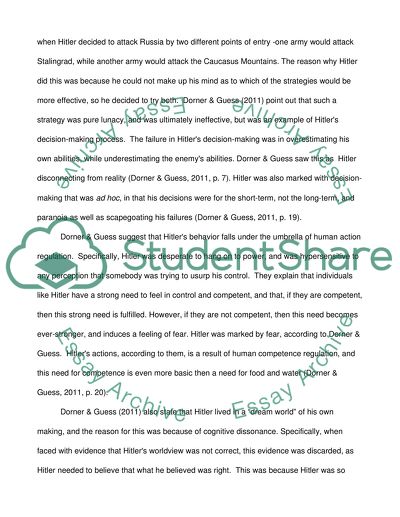Cite this document
(“Psychological analysis of Hitler's decision-making Case Study”, n.d.)
Retrieved from https://studentshare.org/psychology/1434972-case-study-about-adolf-hitler-from-at-least
Retrieved from https://studentshare.org/psychology/1434972-case-study-about-adolf-hitler-from-at-least
(Psychological Analysis of Hitler'S Decision-Making Case Study)
https://studentshare.org/psychology/1434972-case-study-about-adolf-hitler-from-at-least.
https://studentshare.org/psychology/1434972-case-study-about-adolf-hitler-from-at-least.
“Psychological Analysis of Hitler'S Decision-Making Case Study”, n.d. https://studentshare.org/psychology/1434972-case-study-about-adolf-hitler-from-at-least.


